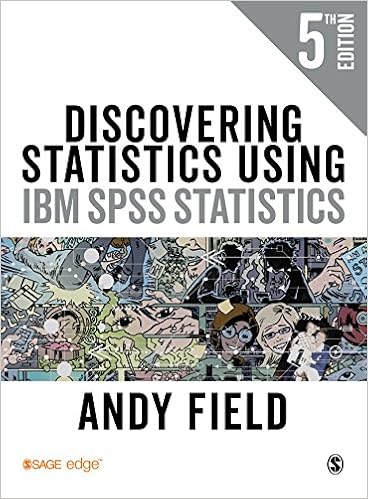It’s over 2 months since my last post. I’ve been working on my research, but I’ve also taken some vacation. Even PhD-students need a little time off!
After lots of hard work formulating survey questions, getting expert opinions and think-aloud responses from students about the questions, doing a pilot survey and analyzing the results with several statistical tests to decide which questions to keep, working out the logistics of survey distribution this fall (the plan was to start collecting data tomorrow!) – I just got a major blow. After all that work, I just found an article by a PhD-student in England who did the exact same thing that I’ve been trying to do! She beat me to it!
I’ve been attempting to make a relatively short, openly available test of information literacy that could assess students’ knowledge and abilities, independent of their study or location. (Other IL-tests out there are mostly either discipline-or geographically-specific, or they’re not free.) I was going to translate my survey into English and publish it as a data-set on an open-access platform that others could freely use, so that it could possibly become a standard for comparing different populations.
But another researcher has just done exactly this. I read her article on Thursday – 3 days ago – and realized that her survey and the articles she’s written about its purpose, development and face-validation, were exactly the articles that I was planning on writing. It’s all been done. I could kick myself for not reading her article before. It was published in February ’19 and has been in my EndNote-library since March. But since I’ve been so busy with course work and piloting my survey, I hadn’t read it until now. Kick, kick…
Nothing against her! Her articles and survey are really good! I just wish that I’d read them a few months ago.
I’ve been told that this sort of thing happens now and then in the world of research – that someone else has done similar research to your own and publishes it before you. But it doesn’t make it any easier.
My supervisors, who are amazingly positive people, are trying to turn this around into something, well, positive. Maybe I can collaborate with her, or use (some of) her survey questions, or translate her survey and validate it with Norwegian students?
And to be more precise, there are some differences between our surveys. Hers is for all adults, not just students, although she does have an add-on for higher education. And I’ve come further than her by piloting my survey and statistically analyzing the results, so I know that my questions are neither too easy nor too hard, and that they contribute to distinguishing between students with different levels of IL. Also, in my research I’ll be comparing the results of the survey (what the students KNOW about IL), with what they actually DO in their course work (how they evaluate and use their sources of information). This comparison is a form of criterion validity. (There are several different ways of validating research: face validity, content validity, criterion validity, and probably more…) So the survey is just one of three measuring tools that I’ll be using, and its development is not the sole purpose of my research. Somewhat consoling…
And just to make navigating my life even more excruciatingly difficult, my job in Hamar is now available (I have a 4-year leave-of-absence to do my PhD, and my temporary replacement is switching to another job), and my house, until yesterday, was empty (between 2 tenants)! The thought of quitting crossed my mind, I must admit, but I’m not going to give up! I’m committed to this. I have great supervisors, and I can do it. (I hope.)
So now the question is: HOW SHOULD I SOLVE THIS PROBLEM? Should I use her questions or mine? The survey is due to go out this week. This is the biggest data collection period for my entire PhD research. And I don’t know what which survey to use.
To be continued…








